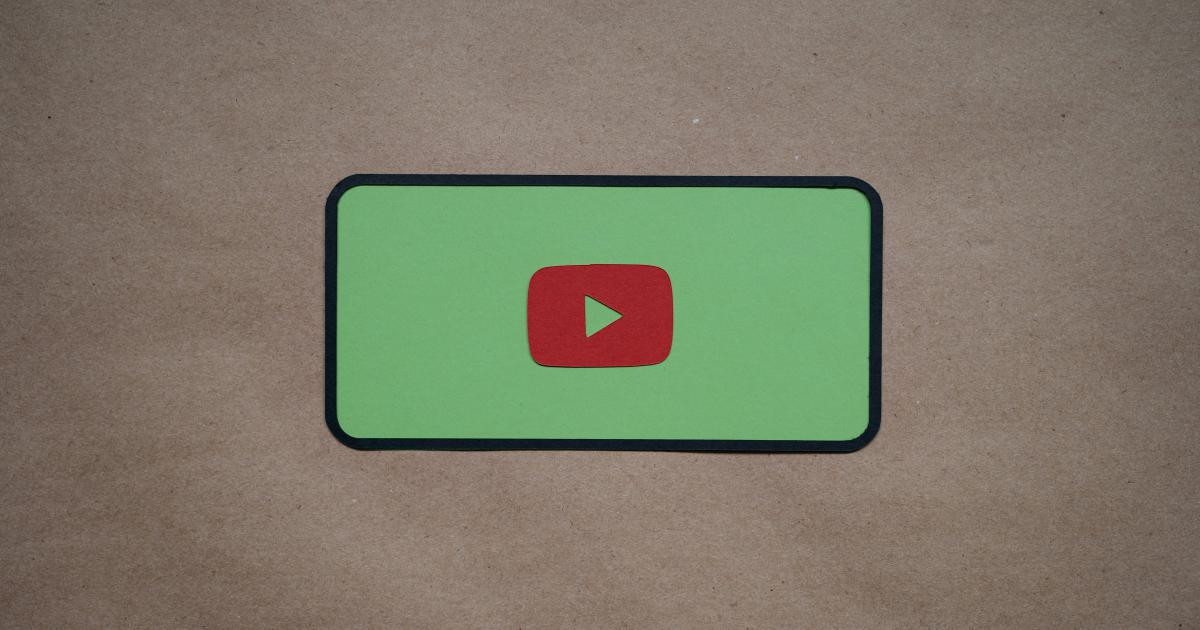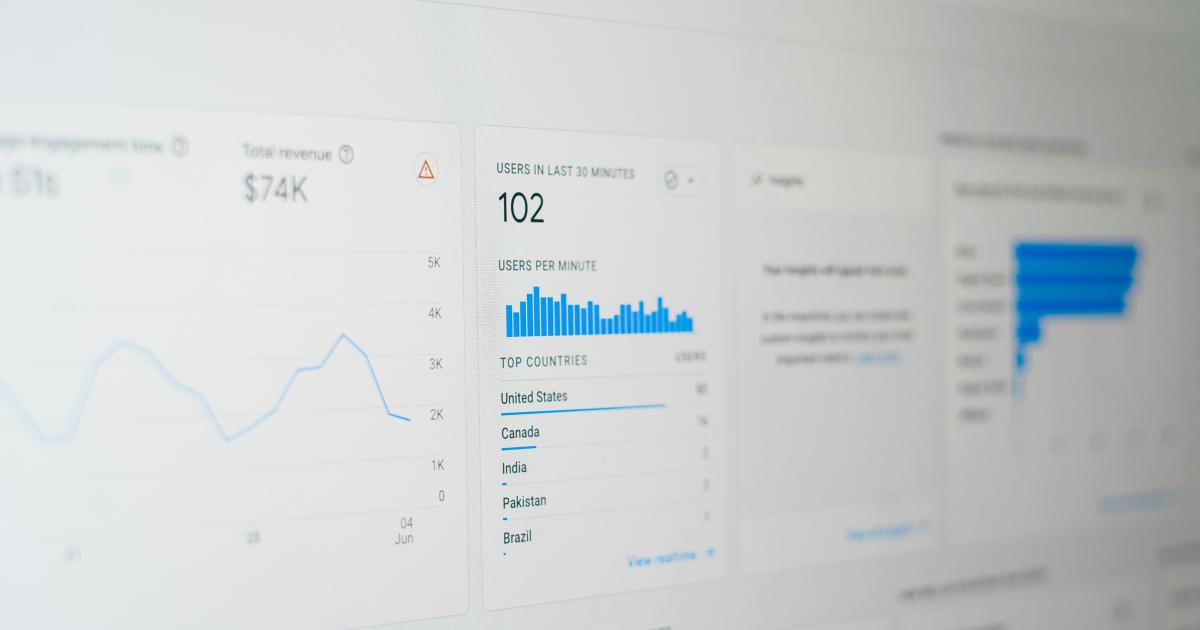How to Effortlessly Repurpose Content for Multiple Platforms


Opening Hook
Imagine a world where the content you create once can continuously generate value across your entire digital ecosystem. A world where every blog post, social media update, or video you produce has the potential to reach new audiences and drive meaningful engagement on multiple platforms. This is the power of content repurposing – the art of transforming your existing material into fresh, adaptable formats that maximize your reach and impact.
In today's fast-paced, multi-channel digital landscape, the ability to repurpose content is no longer a nice-to-have, but a essential strategy for any business or creator seeking to amplify their message, build brand awareness, and foster deeper connections with their audience.
The Journey
Let's embark on a journey that will show you how to become a master of content repurposing. Along the way, we'll explore the countless benefits, uncover practical strategies, and equip you with the tools to effortlessly breathe new life into your existing content.
Unlocking the Power of Repurposing
The concept of content repurposing is as simple as it is powerful. It involves taking a piece of content you've already created – be it a blog post, podcast episode, or social media update – and transforming it into new formats that can be distributed across a variety of platforms.

This cyclical approach to content creation offers a multitude of advantages:
Maximize Reach and Visibility: By repurposing your content, you can exponentially increase its reach and exposure, ensuring your message is seen by a wider, more diverse audience.
Boost Engagement and Conversions: Presenting your content in fresh, engaging formats tailored to different platforms can drive higher levels of interaction, sharing, and ultimately, conversions.
Streamline Content Production: Repurposing allows you to leverage your existing work, saving you time and resources that would otherwise be spent on creating entirely new content from scratch.
Reinforce Your Brand and Message: Consistently repurposing your content across various touchpoints helps to solidify your brand identity and reinforce your key messaging.
Improve Search Engine Optimization (SEO): Varied content formats, such as blog posts, videos, and infographics, can each contribute to your overall SEO strategy, driving more organic traffic to your digital properties.
By recognizing the immense potential of content repurposing, you can transform your content creation efforts from a one-time endeavor into an ever-evolving, multi-faceted strategy that delivers compounding results.
Identifying Repurposing Opportunities
The first step in your content repurposing journey is to audit your existing content library and identify the pieces that hold the greatest potential for transformation. Look for:
High-Performing Content: Analyze your analytics to determine which of your existing content assets have resonated most with your audience, as measured by metrics like pageviews, shares, or conversions.
Evergreen Content: Focus on content that remains relevant and valuable over an extended period, rather than time-sensitive or heavily trending pieces.
Adaptable Content: Identify content that can be easily adapted or expanded upon in multiple formats, such as blog posts, videos, or podcasts.
Complementary Content: Group related pieces of content that can be combined, consolidated, or cross-promoted to create more comprehensive, engaging experiences.

Once you've identified your prime repurposing candidates, it's time to map out a strategic plan for how you'll bring new life to these content assets.
Developing a Repurposing Roadmap
Crafting an effective content repurposing strategy requires a well-designed roadmap. Start by considering the following key elements:
Target Platforms: Determine which digital channels and platforms (e.g., blog, social media, email, video, podcast) align best with your audience's preferences and behaviors.
Content Formats: Identify the most suitable content formats (e.g., blog posts, videos, infographics, podcasts, webinars) for each target platform based on your audience's consumption habits and the inherent strengths of each format.
Repurposing Tactics: Brainstorm specific ways to repurpose your content, such as extracting key insights for social media posts, creating video versions of blog posts, or compiling multiple articles into an e-book.
Content Calendar: Develop a comprehensive content calendar that maps out your repurposing plan, ensuring a consistent flow of fresh, engaging content across all your digital channels.

By thoughtfully considering these elements, you can craft a repurposing strategy that maximizes the impact of your content and aligns seamlessly with your broader marketing and communication objectives.
Crafting Repurposed Content
With your repurposing roadmap in place, it's time to dive into the creative process of transforming your existing content. Here are some best practices to keep in mind:
Maintain Consistency: Ensure that your repurposed content remains true to the original messaging and brand identity, even as you adapt the format and presentation.
Tailor to Platform Preferences: Optimize each piece of repurposed content to fit the unique characteristics and user behaviors of the target platform, whether that's crafting bite-sized social media updates or producing long-form video content.
Enhance with Multimedia: Incorporate visuals, graphics, audio, and other engaging multimedia elements to breathe new life into your repurposed content and captivate your audience.
Leverage Automation Tools: Harness the power of content curation and scheduling tools to streamline the repurposing process and ensure a steady cadence of fresh, repurposed content across your digital channels.
Encourage Audience Interaction: Design your repurposed content to foster audience engagement, whether that's through interactive polls, thought-provoking questions, or invitations to share their own experiences.

By applying these best practices, you can transform your existing content into a diverse array of engaging, platform-specific formats that capture your audience's attention and keep them coming back for more.
Measuring and Optimizing Repurposed Content
To ensure your content repurposing efforts are truly effective, it's essential to closely monitor and analyze the performance of your repurposed content. Key metrics to track include:
Reach and Engagement: Monitor the reach, impressions, and engagement (likes, shares, comments) generated by your repurposed content across different platforms.
Conversions: Measure the conversion rates (e.g., email sign-ups, content downloads, sales) driven by your repurposed content to gauge its impact on your business objectives.
Audience Behavior: Analyze how your audience interacts with and consumes your repurposed content, identifying any patterns or preferences that can inform future optimization.
SEO Performance: Assess the impact of your repurposed content on your overall search engine visibility and organic traffic.

By closely tracking these metrics, you can identify your most successful repurposing tactics, refine your content strategy, and continuously optimize your approach to ensure maximum impact and efficiency.
Character and Dialogue
To illustrate the power of content repurposing, let's consider the story of Jane, a savvy marketing manager at a growing SaaS company.
"When I first started at this company, our content creation efforts felt disjointed and inefficient," Jane explains. "We were spending so much time and resources producing new content from scratch, only to have it disappear into the digital abyss after a few weeks. That's when I realized we needed to completely rethink our approach."
Jane decided to implement a comprehensive content repurposing strategy. She began by auditing the company's existing content assets, identifying their highest-performing blog posts, social media updates, and video recordings.
"Once we had a clear picture of our top-performing content, we mapped out a plan to breathe new life into it," Jane says. "We transformed our best-performing blog posts into video scripts, turned infographics into social media carousels, and even compiled a series of articles into a downloadable ebook."
The results were astounding. Jane's team saw a significant uptick in website traffic, social media engagement, and email newsletter signups – all powered by their repurposed content.
"It was like unlocking a hidden treasure trove," Jane exclaims. "By repurposing our existing content, we were able to extend its reach and impact across our entire digital ecosystem. Our audience engagement skyrocketed, and we started seeing much better returns on our content investment."
Plot Twists
While the benefits of content repurposing are clear, many businesses and creators still struggle to incorporate it into their content strategies. One common misconception is that repurposing requires significant time and resources.

"A lot of people think that repurposing content is this huge, complicated undertaking," Jane explains. "But the truth is, it can actually save you a ton of time and effort in the long run. It's all about being strategic and leveraging the content you've already created."
Another challenge is overcoming the fear of content redundancy or cannibalization.
"I totally understand the concern about repeating the same content and boring your audience," Jane acknowledges. "But when you repurpose content thoughtfully, you're not just regurgitating the same old stuff. You're adapting it, enhancing it, and presenting it in fresh, engaging ways that appeal to different segments of your audience."
Climax
By embracing content repurposing, Jane's team has been able to achieve something truly remarkable: they've transformed their content creation efforts from a one-time endeavor into an ever-evolving, perpetual motion machine.
"The beauty of content repurposing is that it creates this beautiful, ongoing cycle," Jane explains. "We take a piece of content, put it through our repurposing process, and then watch as it gains new life and reach across our digital channels. And the best part is, we can keep repeating this process, continuously expanding the impact of our content over time."
This strategic approach has not only boosted the company's overall content performance but has also freed up valuable time and resources that can be redirected towards other high-impact marketing initiatives.
"Before, we were spending so much time and energy just trying to keep up with the content demands of our various platforms," Jane says. "But now, with our repurposing system in place, we can focus on creating fewer, higher-quality pieces of content and then leveraging them to the fullest extent across our digital ecosystem."
Resolution
As Jane's story illustrates, content repurposing is a game-changing strategy that every business and creator should have in their arsenal. By unlocking the power of your existing content assets and transforming them into diverse, platform-specific formats, you can amplify your reach, boost engagement, and drive meaningful results for your organization.
"Content repurposing has been a true game-changer for us," Jane concludes. "It's allowed us to maximize the impact of our content, streamline our production process, and stay ahead of the curve in our rapidly evolving digital landscape. I can't imagine going back to the old way of doing things – content repurposing is now an integral part of our content strategy, and I wouldn't have it any other way."
So, what are you waiting for? Embrace the art of content repurposing and unlock a world of new possibilities for your brand or creative endeavors. The opportunities are endless, and the rewards are well worth the effort.